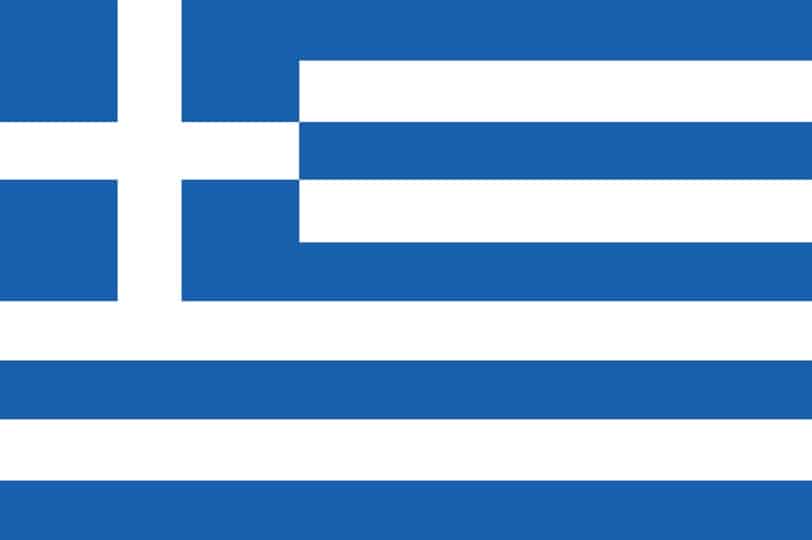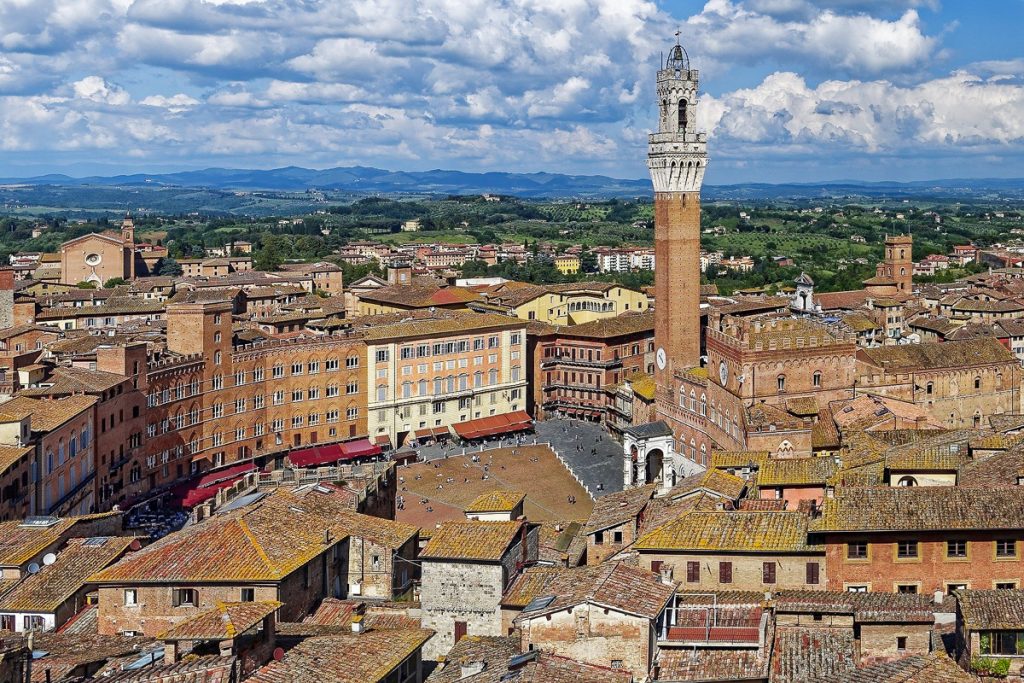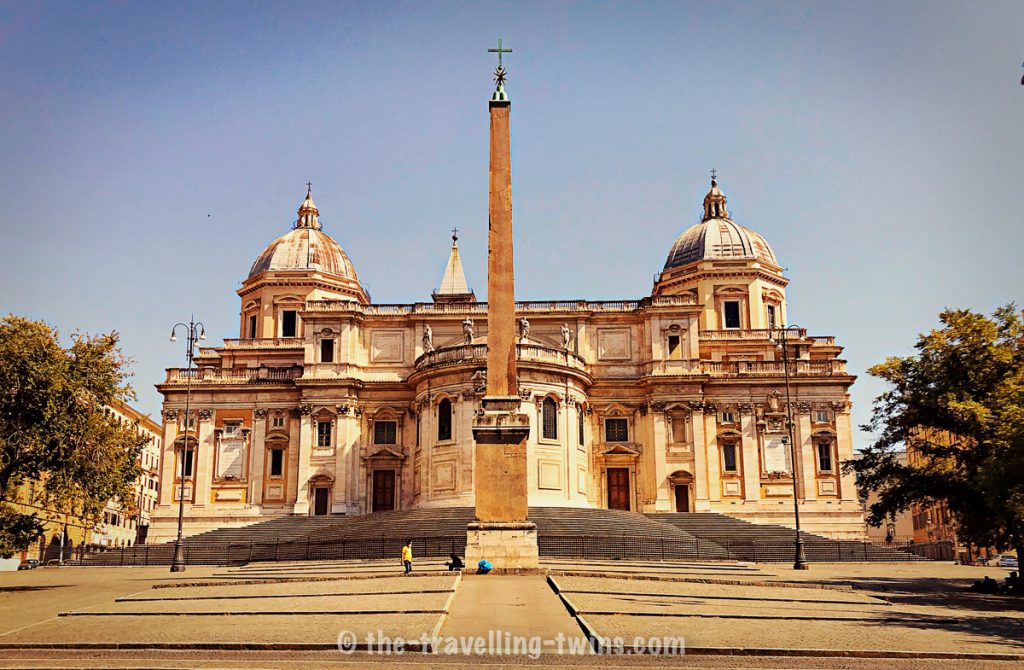Rome is the capital city of Italy and one of the most visited destinations in Italy and 16th most visited country in the world. Having been around for centuries, almost everyone knows that all roads lead to Rome, but not all know all the interesting facts about Rome. And there is a lot, hiding or being in plain sight like 280 fountains in Rome or 900 churches.
Ancient Rome facts
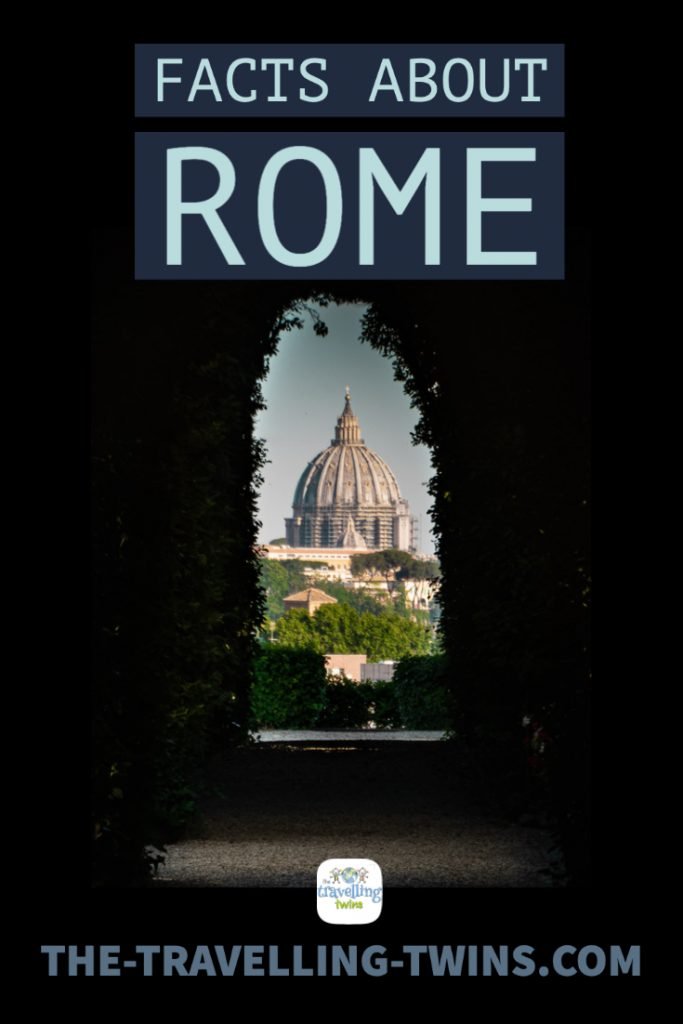
How Old Is Rome?
According to legend, Romulus and Remus (twin brothers) are founders of Rome. They set up Rome on the site on the site where they were suckled by a she-wolf, as orphaned babies, circa 753 BC. Studies show that the city was inhabited even before 753, however, the official date of creation of Rome is 21 April 753 BC, which makes Rome 2800 years old.
History of Romulus and Remus
According to the legend Romulus killed his twin brother Remus and become the first ruler (king) of Rome.
About 90 percent of ancient Roman has not to be unearthed
Roman has plenty of archaeology sites and numerous excavations have been ongoing for centuries now. However, thanks to its 2,800 years of history, 90 percent of its ancient structures have not been excavated, and may never be excavated because most of these sites now are now build up and occupied by businesses and homes.
The original city is deep underground, as when the building got abandoned, destroyed the debris covered the site and later was built on. Ancient Rome was 30 feet below the current street level.
Rome the City on 7 hills
The city of Rome was constructed on 7 hills namely Aventine Hill, Capitoline Hill, Caelian Hill, Palatine Hill, Esquiline Hill, Quirinal Hill, and Viminal Hill.

Do you want to learn more about Italy – Read Interesting facts about Italy
What is Rome’s nickname?
Rome is called The Eternal City because the city continued to grow in terms of size, population, and influence, and so the Ancient Romans believed that theplace would live on forever. They might have been right. Other Rome name Roma Caput Mundi comes from Latin and means Rome Capital of the World.
Rome Motto is Roma invicta which means in Latin “Unconquered Rome”. The motto Roma Invicta was used
until the end Western Roman Empire in 476 AD.
Long-serving Pantheon
The famous Pantheon has been in use for around 2,000 years from the time it as completed in circa 126 A.D to now. Church has the biggest in the world dome from not reinforced concrete. Pantheon was the first pagan temple which got transformed into the Christian church, which saved this amazing building from being destroyed during the dark ages.
The building doesn’t have windows, the light and rain get to it via a hole in the roof – oculus. Pantheon is the most visited ancient Rome landmarks as access to it is free.
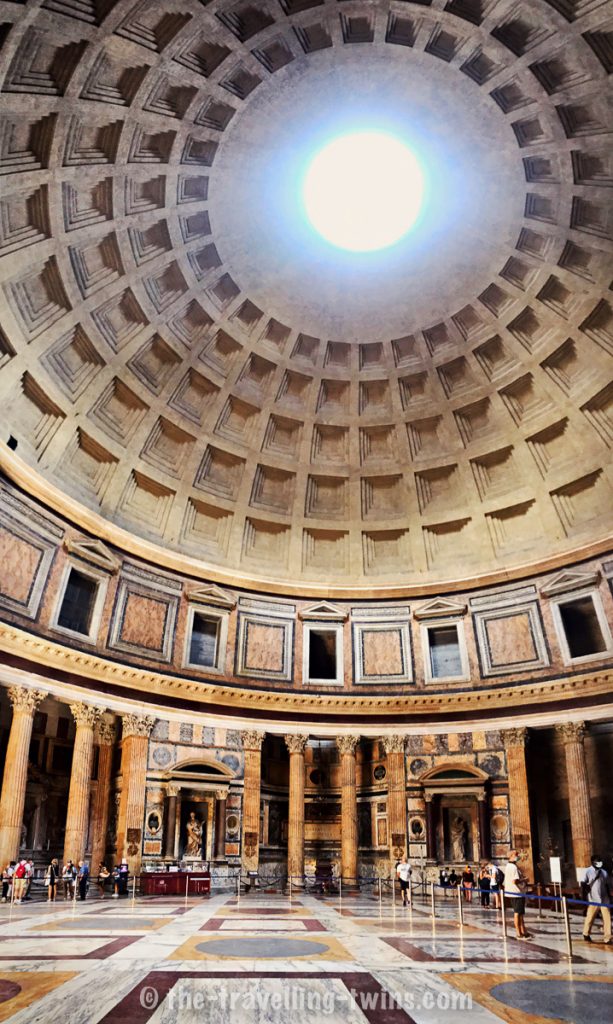
All roads lead out of Rome not to Rome
Contrary to the common belief that all roads lead to Rome, from the Roman point of view, all roads lead out if the city and not to the city. The road systems were constructed to make it easier for Roman Soldiers to move out of the city, particularly from the Milliarium Aureum (Golden) in the Forum. Romans build road network over 53,000 miles long.
Ancient Rome was more densely populated than modern Rome
Prehistoric Rome was approximately 32 times more densely populated than modern Rome. This is because the entire population in the ancient town was contained within its walls.
Rome was the first 1 million population city
Rome became the first city to have 1 million inhabitants in the world, in 133 BC. In comparison, London reached that landmark in 1810 while Paris 1850.
Rome was not always the capital of Italy
Though the town has been around for thousands of years, even being the capital of the Rome Empire, it only in 1871 Rome became the capital of Italy. Before then, the capital was Turin and then Florence.
Facts about Rome – Ancient Roman Hygiene
Apparently Roman use human and animal urine to brush their teeth. Uggrr Gross, actually it wasn’t so bad they just used extracted from urine ammonia which is great cleaning product. they used it as well to wash their togas.
After the Roman empire conquered east and north and saw light hair women and man they wanted to have same light hair to achieve this they dye their hair with beech wood ashes and goat fat. The most popular hair colour in ancient Rome was blond and red.
Ancient Romans were born as free people. To symbolize that they are a citizen of the Rome they were wearing linen togas. While ladies were a female version of Toga called Stola
Thermal baths popular among the ancient Romans , which supplied aqueducts with water. The oldest baths, dating back to the 2nd year BC, were discovered in Pompeii.
Access to the thermal baths was free, and their main parts were: pools with cold water (frigidarium), pools with hot water (tepidarium), hot water pools (caldarium), steam rooms (laconicum), and massage rooms (oleoterion), whose bodies were anointed with oils, rooms for rest. The largest baths were established in 216 AD, the Baths of Caracalla , which could accommodate as many as 1,500 people! In Rome itself, there were 7 such complexes:
(Agrypa baths, Augustus baths, Titus baths, Domitian baths, Caracalla baths, Diocletian baths, Constantine baths)
Before toilet paper was invented Ancient Romans to wipe their bums used wet sea sponge on a long stick called Spongia. Public toilets had a marble bench with opening, and opening in the front to wipe your bum with sponge in a stick – best look at the photo 😉
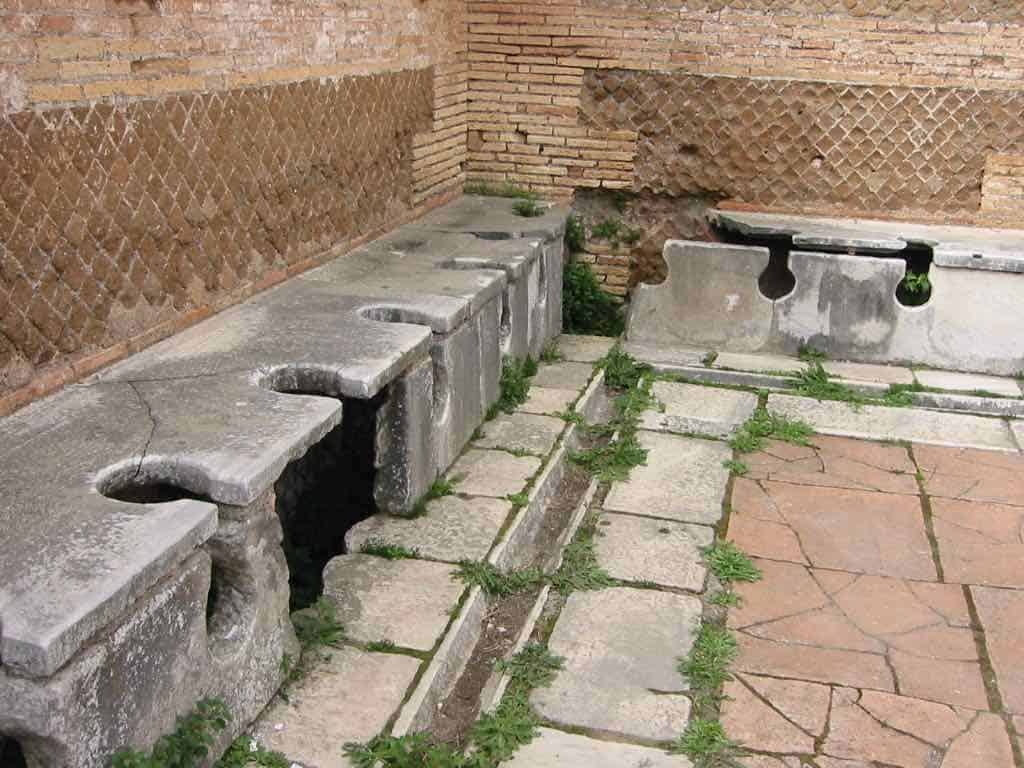
Facts about Rome Ancient Food
Ancient Roman Diet depended as always on your material status: Rich Romans would eat lots of meat, a wild game like pheasant, hare, boar or delicately like dormice, or flamingo tongues. Well off Romans citizens would throw lavish parties where rich would eat, vomit if full and eat again. While poorer part of society would mostly eat wheat, barley, eggs, legumes.
Typically, the Romans would have three meals a day, same as us – Breakfast (ientaculum), Lunch (prandium), Dinner (cena)
First shopping mall
Did you know that Ancients Romans were first to shop in the shopping mall? The first shopping mall was built around 110 AD by The Roman Emperor Trajan. it had multiple levels and around 150 shops.
Facts about Roman aqueducts
The Roman aqueduct provided drinking water, as well as water for Bath Houses. Romans built eleven aqueducts for Rome. The indoor sewer systems that carried water away from the city and also supplied the bathhouses with ample water, where the inhabitants of ancient Rome spent so much of their leisure time.
The 11 aqueducts, were mostly outside the Rome as in the city most of the water runs in channels under the city streets. Curently the best preserve Roman Aqueduct – Pont du Gard is on of the most famous French Landmarks.
Julian calendar and a year of 445 days
It was at the request of Julius Caesar that the Julian calendar was introduced in 45 BC. It was in force in Europe for many centuries (in Spain, Portugal, Poland and Italy until 1582, in Russia from 1700 to 1918, and in Greece until 1923). The Julian calendar set the length of the year at 365 days and one additional day every 4 years (leap year).
The change of the calendar (previously in ancient Rome there was a lunar calendar that was “disrupted” – December fell in September) caused that the year 46 BC was extended by 80 days, so it lasted 445 days and was called the year of confusion (Latin “annus confusionis” ).
Few Facts about The Worst Roman Emperors
There have been several rulers in the history of Rome who has stopped at nothing. Incest. Mother- and fratricide. Rape. Mass murders. The scale of the violence they unleashed was all the greater because they had almost unlimited resources. Who were the worst emperors in the history of the Eternal City?
Tiberius (14-37)
The second emperor, the successor to Octavian Augustus, turned out to be a real monster. Tiberius, desiring to maintain power at all costs, did not shy away from treacherous attacks.
He was the first Roman emperor to unleash a real psychosis of fear in the Eternal City. It is said that he had sentenced to death only for the fact that he entered the toilet carrying a coin with his image on it.
Caligula (37-41)
Well knows for ordering the killings for no reason, for fun, and watched the tortures while eating. He was persecuting his friends and family members; he was even accused of poisoning his grandmother, Antonia. Reportedly slept with his sisters.
Although Caligula ruled for only four years, the list of his crimes is long. To this day, he remains a symbol of a crazy, unpredictable tyrant who showers gold on those he likes, but has no mercy for the rest.
Nero (54-68)
Nero went down in history as an unimaginable cruel. He did not even spare his closest people.
It was rumoured that his lust for murder was so great that he wandered the streets of the Eternal City at night, attacking random passers-by, robbing shops and assaulting women.
Facts about Colosseum
- The Colosseum wasn’t its original name – This iconic structure was constructed in 72 AD under the reign of Emperor Vespasian and was completed in 80 AD under Titus, Vespasian’s son. Since the emperor and his son were from the Flavian Dynasty, the amphitheater was named the Flavian Amphitheater. Its current name was inspired by the colossal statue of Emperor Nero that was perched near the entrance.
- Colosseum victims – Colosseum has been one of the centerpieces of Rome for hundreds of years. The theater, which is largest in the world, by the way, used to stage gladiators fights, the last one believed to took place in 435 AD.
- Throughout the fight, it is estimated that more than 500,000 people and a million animals perished.
- Even Henryk Sienkiewicz (Polish Writer) in his novel Quo Vadis wrote “Christians to the Lions”, there are not many shreds of evidence that Christian used to were eaten by lions, though condemnation to lions was a popular form of execution as it provided entertainment.
- The Colosseum hosted naval battles – to achieve this, the theatre would be flooded completely to be able to support ships.
- The Colosseum is one of the Seven Ancient Wonders of the World
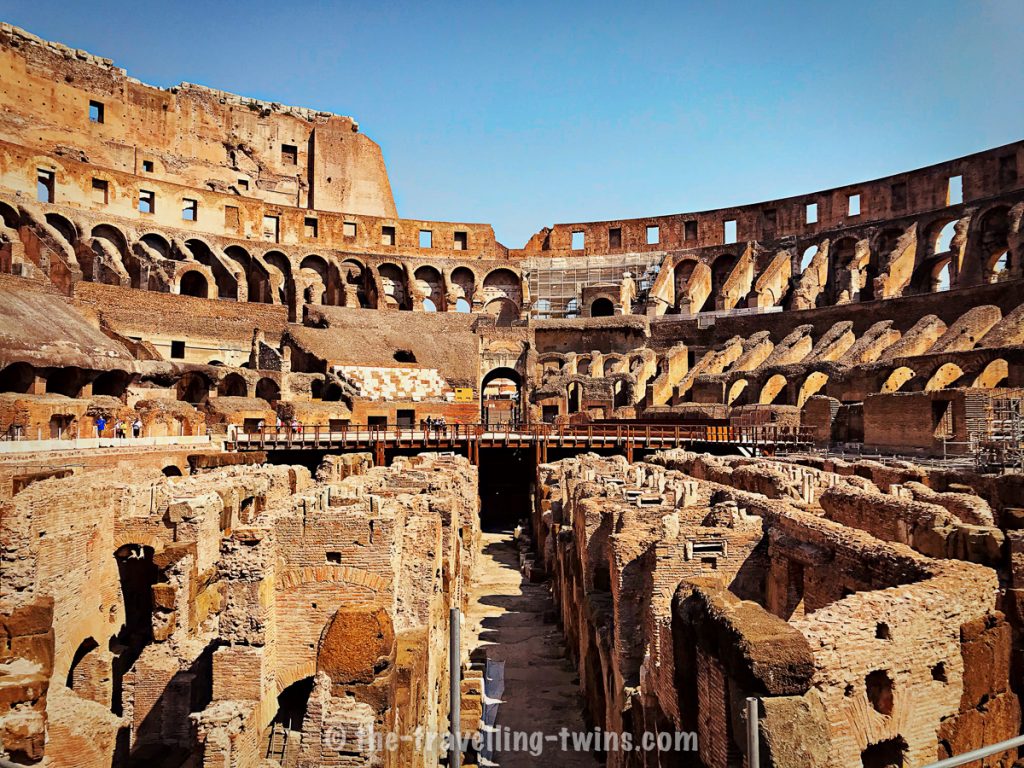
What is Rome famous for?
- Rome is known for its beautiful architecture, art, landscape, as well as some of the most recognizable landmarks in the world such as the Colosseum, Trevi Fountain, the Forum, and the Pantheon.
- La Sapienza University – one of the oldest university in the world and the oldest University in Rome founded in 1303 AD by Pope Boniface VIII,
- Rome is famous for having lots of Museums, Do you know how many museums are in Rome? 280 including 4 museums of Leonardo da Vinci, various art museums and lots of small unique museums like Pasta Museum
- Rome is famous from delicious food, its home not only to pasta and Gelatto. Its a place where you can have mouthwatering experience as Rome has 20 Micheline Star Restaurants
- The city became so powerful due to its huge army that conquered other empires across Europe and the Middle East.
- The Spanish Steps – famous135 marble step staircase built by architect Francesco de Sanctis around 1725.
- Renovations of the steps done in 2016 cost over 1.5 million euro.
- The Steps are part of Unesco’s World Heritage site and because of it, since 2019 if you would be found sitting on the Spanish Steps you would be fined anything between €250 to €400
The city of churches, fountains, obelisks and cats
- Rome has over 900 Churches, more than any other city on the planet.
- Rome has more fountains than any other city in the world. The town has fifty monumental fountains along with hundreds of small fountains, and a total of over 2000. These have been around since ancient times. It is believed that the fountains were constructed to provide the soothing sound of water to counter the traffic noise in the city.
- Rome is the city with the biggest amount obelisks in the world – It has 13 obelisks !!!
- Law in Rome allows cats to live anywhere, so don’t be surprised if you will see cats walking around Forum Romanum or resting on any of the monuments.
- Largo di Torre Argentina – ruins of the ancient temple where Julius Ceasar was assassinated is the home to all stray cats, thanks to Torre Argentina Cat Sanctuary charity
Coins in Trevi Fountain
If you have ever been to Rome, you must have heard or even seen the magical fountain of Trevi. There is a tradition for tourists to toss coins in the water so that their dream can come true.
Every night around 2,000 – 3,000 Euros are fetched from the bottom of the fountain. Yearly almost 700,000 euros to 1,3 million euros worth of coins are tossed into the fountain, and all the money proceeds to catholic charity, Caritas.
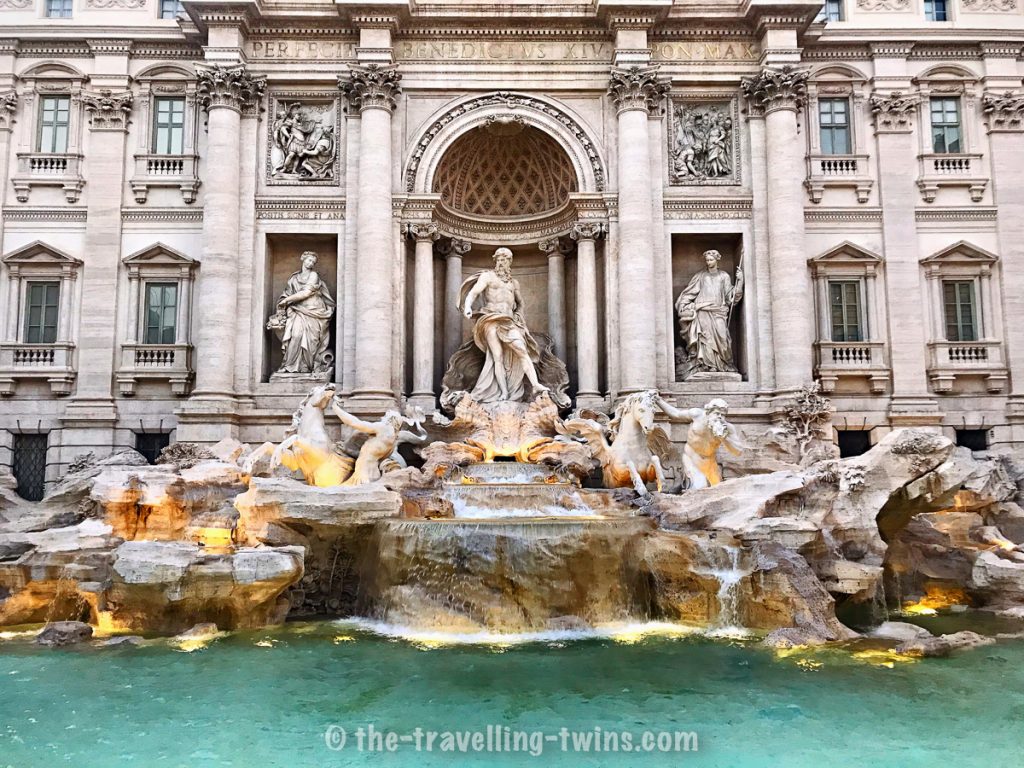
The capital is older than its country
Roman was a founder long before Italy. During the prehistoric period, the Italian peninsula was made up of different cultures under the Roman Empire. But when the empire fell, the peninsula divided into several city-states that were never at peace. It was not until the late 19th century that Italy became a unified state.
The pizza was not invented in Rome
In ancient Greek, flatbreads were topped with cheese, oils, garlic, and herbs. This is believed to have the first version of pizzas. This method of serving flatbread spread to Italy, specifically Naples, where it was refined into modern pizza.
Rome is the most visited city in Italy
Despite fighting for the spotlight from with the likes of Venice, Florence, and Milan, Rome is the most visited city in Italy with more than 9 million visitors every year.
The symbol of Rome is SPQR
If you are keen enough, you will see the initials SPQR in structures all over Rome starting with the city’s coat of arms, manhole covers, ancient landmarks, and some of the official buildings.
SPQR means – “Senatus PopulusQue Romanus”, meaning “Senate and Roman People” . In ancient times it was the official name of the Roman Empire and the abbreviation SPQR was part of the national emblem.
The first newspaper was published in Rome
Romans used to ensure the public receives information about everything that was happening in the empire. So, they published all these pieces of information in newspapers containing legal and military issues as well as lifestyle issues such as death announcements and birth notices.
Rome has two big soccer clubs
AS Roma and S.S. Lazio provide their fans with an unforgettable experience. Fans of these football clubs (of course) fight with each other.
Vatican City facts
St Peter’s Basilica
St Peter’s Basilica finished in 1615 (after 100 years) is the largest church building. St Peter’s Basilica is the largest Christian church building in the world
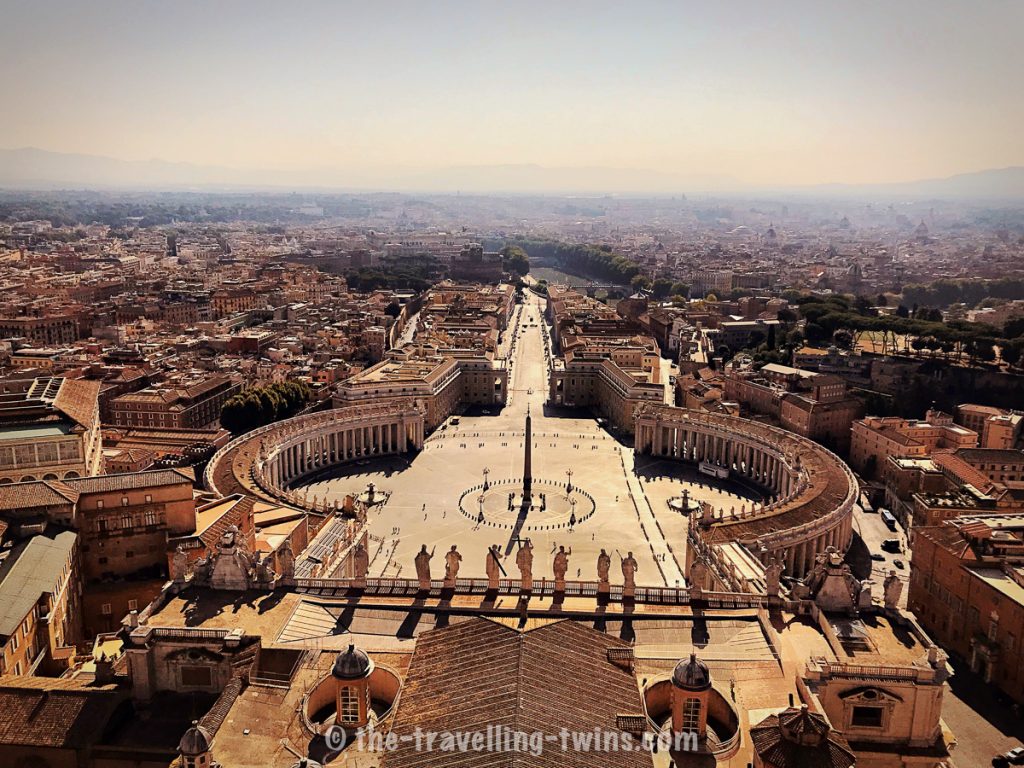
A secret passage link Castel Sant’Angelo to the Vatican
As one of the lesser-known things about Rome, there is a secret tunnel linking the Castel Sant’Angelo to the Vatican City. The tunnel, called Passetto del Borgo, was used by Pope Clement VII to escape to the nearby castle during the 1527 siege of Rome.
The Acta Diurna or Daily Acts is believed to be the first newspaper in Rome.
Sistine Chapel and Vatican Museum
Located within the Vatican Museums, which is the 5th largest museum in the world, the Sistine Chapel is the same size as the Temple of Solomon on Temple Mount in Jerusalem, as described in the Bible’s Old Testament.
interesting facts about Rome – Save it, Pin it for later !!!



Privacy Policy Disclaimer
This website uses affiliate links for income and support.
If you like our website please consider using these links. You will be directed to the vendor, and we will get a small commission on your purchase price at no increased cost to you.
We have researched facts stated here as far as practicable but please check anything critical before committing your time and money. We do not claim any special knowledge or expertise, and we are not consultants for our readers.
